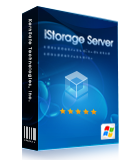

iStorage Server Ultimate |


|
|||
|
||||
Using iStorage Server you can map any storage device using already existing IP network. That is a huge benefit to any corporation that is managing large quantities of data and wants to share it with other clients. To start using it to share data please open iStorage Server Management Console and chose one of the following devices:
1. Hard Disk
Choosing this option will allow you to create iSCSI target by using physical disk, partition, image file or VHD.
2. CD/DVD Device
Choosing this option will allow you to create iSCSI target by using physical optical drive or CD/DVD image file.
3. Generic SCSI
Choosing this option will allow you to create iSCSI target by using any other generic SCSI device.
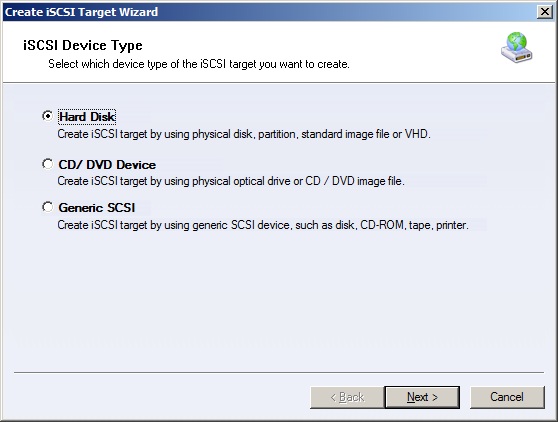
Now while using client machine, open iSCSI Initiator to connect to target. (Figure 1)
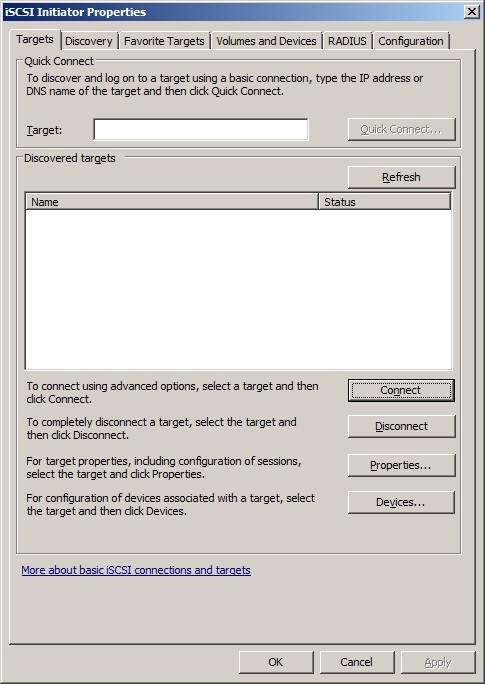
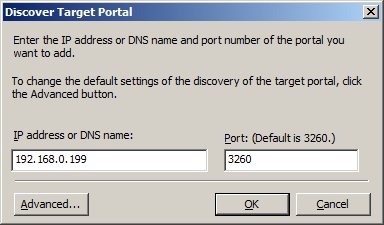
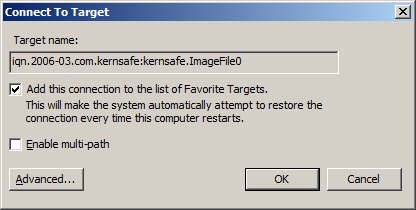
The drive we are just connected to is in RAW condition therefore we need to initialize and format it in Disk Management.
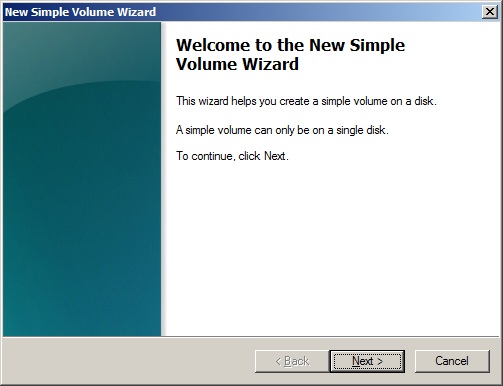
Follow all steps from Volume Wizard and wait for your drive to be formatted.
After formatting, your drive is ready to use.
Notice that Windows sees this new drive just like any other local volume therefore you can use it just like a local one.
SUPPORT
- Forum
- Support Ticket
- [email protected]

- Voice Mail:
- +1 (518) 289-4888




